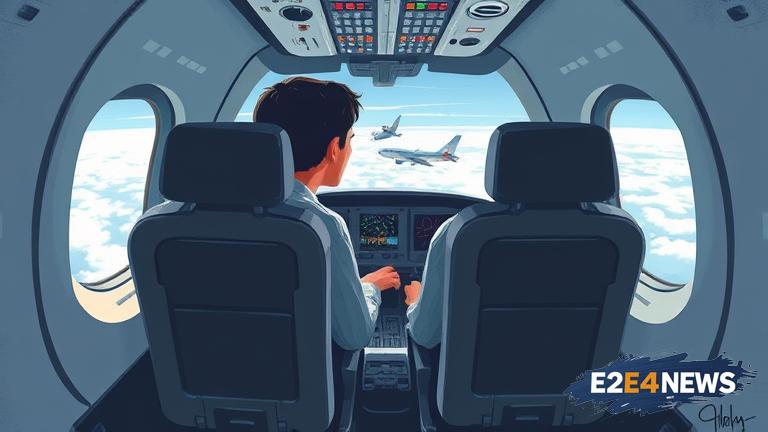When flying, passengers often hear a variety of unusual sounds, from beeps and chimes to whooshing and whirring noises. These sounds can be alarming, especially for anxious flyers. However, most of these noises are completely normal and are an integral part of the aircraft’s operation. For instance, the beep sound heard during takeoff is usually the pilot’s acknowledgment of the autopilot system. Similarly, the chime sound is often an indication that the plane has reached cruising altitude. Other sounds, such as the whooshing noise, can be attributed to the plane’s air conditioning system or the deployment of the landing gear. The whirring noise, on the other hand, is usually caused by the plane’s engines or the hydraulic system. It’s worth noting that some sounds can be a cause for concern, such as a loud bang or a hissing noise, which could indicate a problem with the plane’s pressurization system. In such cases, the pilots and flight attendants are trained to respond quickly and ensure the safety of all passengers. Despite the initial alarm, most in-flight sounds are harmless and are simply a result of the plane’s mechanical systems functioning normally. In fact, the Federal Aviation Administration (FAA) has strict guidelines in place to ensure that all aircraft are regularly maintained and inspected to prevent any potential issues. Additionally, pilots undergo rigorous training to recognize and respond to any unusual sounds or malfunctions. The next time you’re on a flight and hear a strange noise, remember that it’s likely just the plane’s way of communicating with the pilots and crew. By understanding the meaning behind these sounds, passengers can feel more at ease and enjoy their flight. Furthermore, the aviation industry is constantly evolving, with new technologies and safety features being introduced to minimize the risk of accidents. As a result, flying remains one of the safest modes of transportation, with a stellar safety record. In conclusion, while in-flight sounds can be unsettling, they are generally a normal part of the flying experience. By educating themselves on the meaning behind these sounds, passengers can feel more confident and relaxed during their journey. The aviation industry’s commitment to safety and innovation has made flying an incredibly safe and efficient way to travel. With the advancement of technology, it’s likely that we’ll see even more improvements in the future, making air travel even more enjoyable and secure. The importance of understanding in-flight sounds cannot be overstated, as it can help to alleviate anxiety and promote a more positive flying experience. Ultimately, the next time you’re on a flight, take a moment to appreciate the complex systems and safety features that work together to ensure a safe and successful journey.
